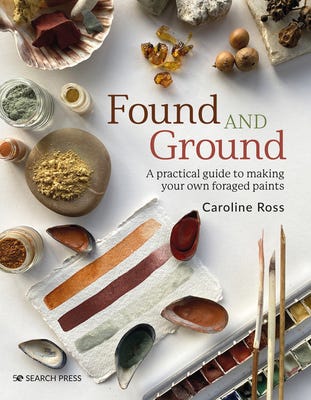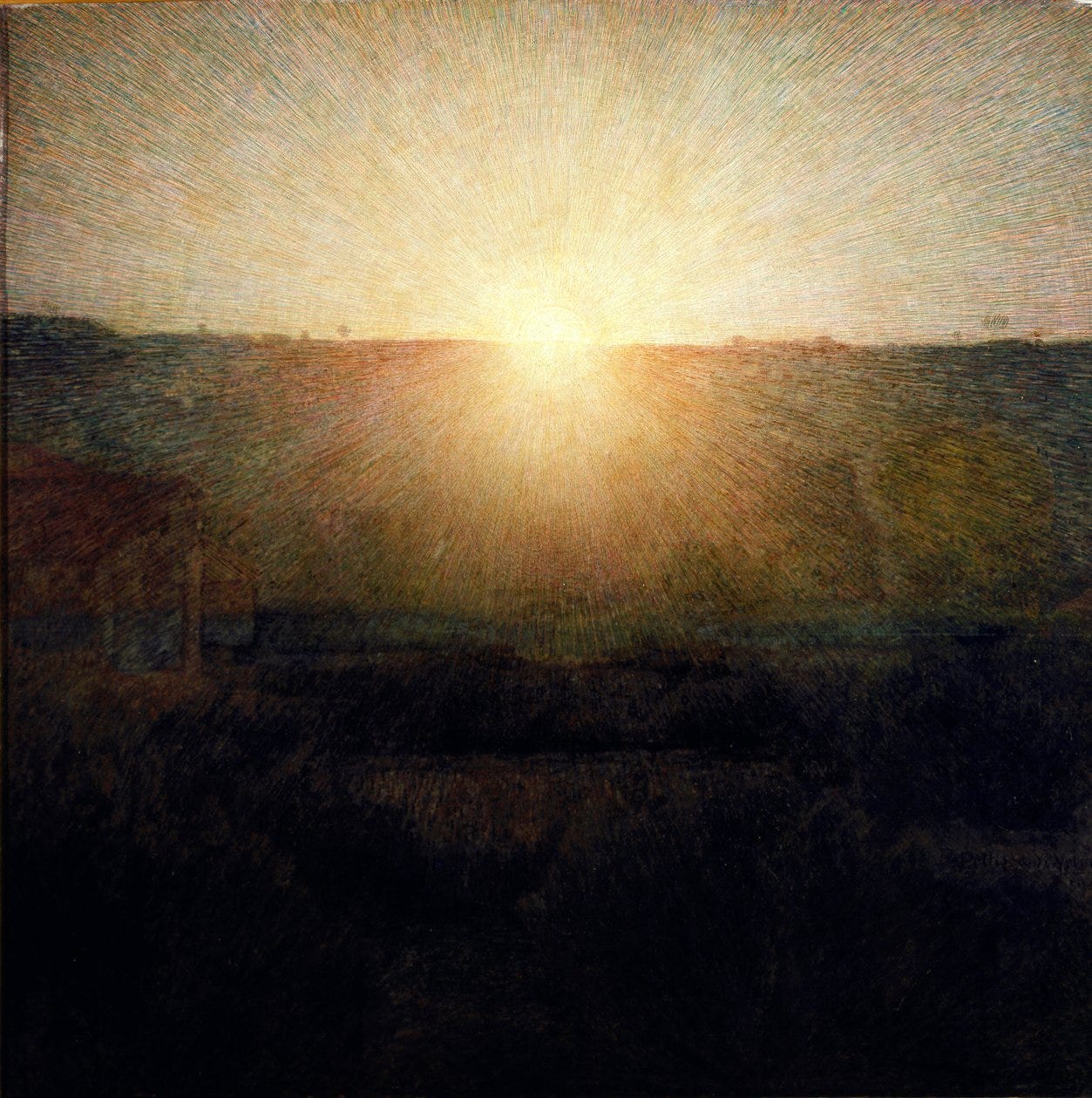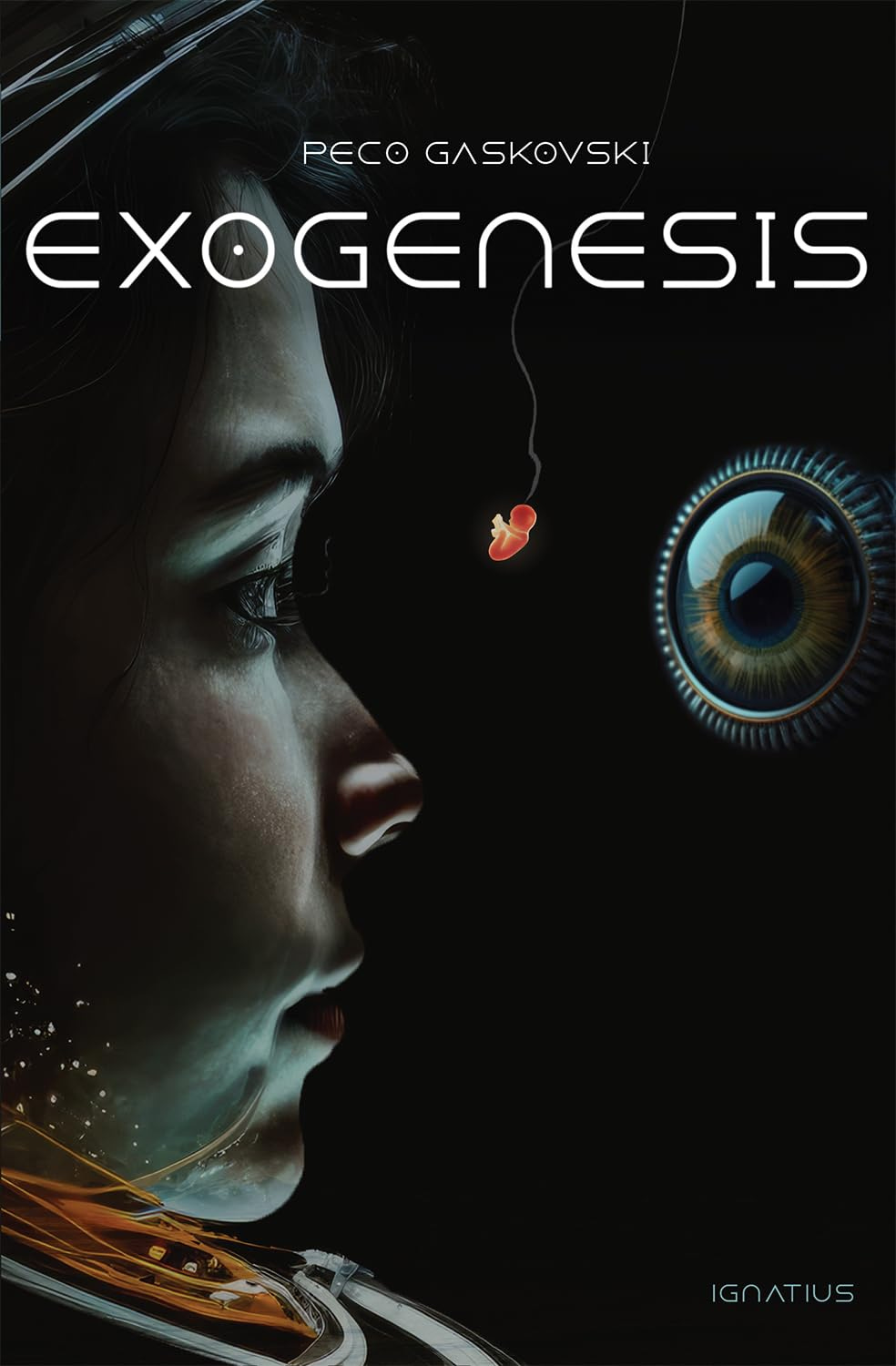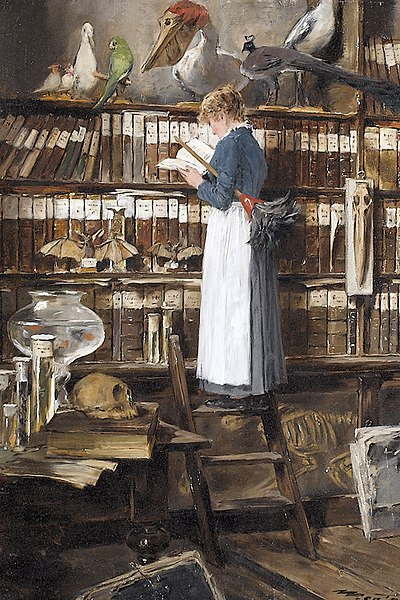I’m heading off to the Camino pilgrimage in Spain, and look forward to sharing this experience in future posts. In the meantime, today’s piece features
’s review of Exogenesis (originally published in Mere Orthodoxy) as well as several books gifted to my wife Ruth and I by our own readers, including a couple recommended by Paul Kingsnorth.Plus, great downloadable book lists and articles, and how the “Tower of Hanoi” confounded AI (see if you can solve it—below). – Peco
A Dystopian Novel for the Machine Age: A Review of Peco Gaskovski’s Exogenesis by Joshua Pauling
Stories can hit us in the gut in a way that non-fiction writing cannot. Even if we know all the arguments for or against this or that, it still might not penetrate into our being, into our souls, into our lives. And that is where stories come in. As C.S. Lewis put it, imagination is the organ of meaning. We need stories, for they have the power to form our affections and help us internalize and love what is true, good, and beautiful. Peco Gaskovski’s recent novel Exogenesis does just that in delivering a gut punch to our technological moment. There has been no shortage of non-fiction books published in the last few years about life in the digital age—its dangers and what to do about it. But Gaskovski’s novel helps vividly bring these topics further to life in a way that is reminiscent of some of the 20th century’s best dystopian novels like Fahrenheit 451, That Hideous Strength, or Brave New World. Bradley Birzer’s recent piece in Modern Age praised C.S. Lewis and Ray Bradbury for writing “science fiction with a soul.” We have a new novel and author that has done the same.
The Storyline
Exogenesis is set in Lantua, a civilization that rises from the ashes of a fallen America. Its center is a massive thousand-mile mega-city that is slightly more technologically advanced than ours—making the story all-the-more believable and frightening. Citizens’ lives are always watched by the “Eyes,” while their daily life is in large part mediated to them through a device called an “omni.” Behaviors are rewarded through a social credit system of points, which allows citizens to advance up through the “echelon system.” But perhaps most disturbing—and most prophetic due to its similarities with the burgeoning techno-fertility industry and the decline of marriage and family formation in America—is how new children are brought about in this society through a process called exogenesis. Exogenesis is the mass production of embryos grown outside the body in artificial wombs, from which children are selected by couples who “choose” one child from a smorgasbord of other genetic options that are then discarded. One character in the book describes the process like this:
Take a few hundred sperm, and fertilize a few hundred eggs….then line them up in pouches at the birthing center and watch your precious tulips grow. In a few weeks, you’ll have hundreds of possibilities for your dear little boy, or girl….Pick the one you like, and poof! a child is born.
Yet there are still dissidents who live outside the expansive metropolis in little enclaves of resistance and humanity in the wilderness—little platoons, we might call them. But Lantua’s administrative state seeks to further control them with its threefold mantra of “control the seed of their bodies, control the seed of their lands, control the seed of their minds.”
This sets the backdrop for a gripping tale of technological hubris and personal dilemmas, in which a true humanity breaks through, even in Lantua’s machine-like existence.
Without giving too much of the story away, the novel centers on Maelin Kivela, who works for the Lantua government as a Field Commander and Counselor, who has the job of sterilizing teenage members of the dissident communities on the outskirts of the empire. Maelin’s story is a complex one, with a checkered past that connects her to these dissidents in unexpected ways. As she works among the dissidents, she gets glimpses of a more humane way of life and begins to question everything, even her own shrouded past and how it might intertwine with the dissidents.
I was especially moved when Maelin starts to see how Lantua has dehumanized her and alienated her from her own body. I’ll just briefly highlight how the novel raises effective questions about our society in relation to the fertility industry and also the anti-natal and anti-family messaging that is a consistent drumbeat. The book also issues a warning about our lifestyle of ease and comfort.
Challenging Big Fertility and Anti-Natality
Maelin originally was the one who explained the benefits of exogenesis while sterilizing dissident teens, with platitudes like these: “A body birth was painful, inconvenient, disgusting, and Old Worldish; worst of all, it provided no choice or control of the outcome.” And she defended the Lantua way of raising children via the state: “In the city, we want the best for our children, and so we place them in the care of people who are educated in how to raise them. This relieves parents of that burden”. But later she comes to see that when a mother has a body birth, something deeper occurs:
The infant was alive and real—shockingly, beautifully real. It hadn’t just broken through the boundaries of her body. It had smashed through the boundaries of her imagination. Body birthing was supposed to be ethically dubious and physically disgusting, but instead it was something else. Something wonderful. Indescribable.
At one point in the book there is a group of women who are protesting the process of exogenesis and its industrial nature. In a rhetorically effective twist on the common pro-choice chant of “my body, my choice,” the women are instead shouting, “my body, my birth, we belong to Mother Earth!” Well-played.
In another scene, Maelin and some of her female friends who live in the city are discussing “choosing,” the process by which couples select a specific laboratory-produced child from a series of genetic combinations that are grown in bio-pouches. These women are discussing the benefits of “choosing” over the risk of going “random,” and Maelin retorts that “maybe our limitations bring out our goodness”. Later in the book the process of “choosing” is further critiqued: “as if she [the baby] were a costume with preselected frills and colors, and the choosing were simply a matter of draping her over one of the fetuses and zipping her up”.
There are many memorable lines in the book, but perhaps the one that struck me most was this beautiful description of the wondrous nature of bringing new life into the world through the potent marital union of male and female that births new life: “The center of me is in you, and the center of you is in me. And the center of us is in this child, and this child in us. We are three, in one”.
Challenging the Totalitarianism of Comfort
Any dystopia must have its ominous-sounding acronyms. Take this one, MOBA: the Ministry of Behavioral Algorithms, which one dissident character describes as follows:
A place where the data from countless Eyes gets transmitted to a warehouse of machines stacked a hundred floors deep. But who manages the machines? Is it people? Is it more machines? How many eyes are behind the Eyes? We don’t know. Amazingly, we don’t seem to care. But we depend on the mysterious all-seeing Eyes because they manage the point system. Play by the rules and you work your way up to a bigger home, a better vehicle, and more portions of red meat from grass-fed cattle. The Eyes watch and reward and punish.
Many of the book’s characters are obsessed with MOBA’s distribution of points via a social credit system that awards or deducts points for certain behaviors, all based on the algorithms that lie behind the web of drones and “Eyes” that see and hear everything. This desire for points and rewards keeps many of the citizens of Lantua compliant. It is more important to them than relationships, truth, and love. At one point in the book, Maelin has a close run-in with death as her entourage is ambushed while on a sterilization campaign in the dissident territories. But one of the things that consumes her afterwards is that her points are “pending.” So much for life and death; it’s all about the points.
Gaskovski’s vivid depiction of life under the constant watch of the “Eyes” was very effective.
They were everywhere, of course, monitoring and protecting her [Maelin]—her and millions of Lantuan citizens. They were plainly visible on walls and lampposts and drones and bots, and as everyone knew, they could be observing from behind mirrors and omni screens. One was in the night-light over her childhood bed, watching her sleep and dream. Occasionally the Eyes spoke, issuing warnings or providing guidance, but for the most part they were silent, unobtrusive watchers.
And so too was how he questions its effects:
Lantua isolates us from each other. It estranges us from each other. How can we be in relationship with anyone or anything outside ourselves when we’re so attached to our skullcaps and brain stimming and virtual experiences, to products and pleasures and distractions—to all this stuff?
And such questions remain for us. Perhaps that is what is most startling about this dystopia: how believable it is; how it is such an apt description of life today. And how easily we could succumb to such dehumanization and mechanization as the people of Lantua did. But not all of them. Even Maelin seems to reclaim her humanity as the book comes to a surprise ending (no spoiler here!). And that is a hope for us too: little platoons as Edmund Burke called them, little pockets of humanity that hold on to the permanent things, and who can say with one of the characters in the book’s closing scene:
One day, the drones will scatter,
and the Eyes will go blind;
your body will be yours,
and mine will be mine;
your land will be yours,
and mine will be mine;
the kingdom of heaven
will redeem your heart
and free your mind,
free your mind.
You can find Exogenesis at Ignatius Press, Amazon, B&N, and other sellers.
For more by
, see his book co-authored with Are We All Cyborgs Now?: Reclaiming Our Humanity from the Machine.
More Summer Reading
Hearth & Field. Last year, Last year, editor Matthew Giambrone sent us a print copy of the Hearth & Field journal (and a gorgeous mug made by a small pottery company in Wisconsin), beautifully printed, laid out, and filled with wonderful essays (including ones by
, , and )—and even some blueberry recipes. Recommended reading for anyone in search of a grounded life!
- . A concise volume that glitters with perennial wisdom on learning. “Newstok argues persuasively for a return to some of the pedagogical methods that proved so effective in the 1500s.” - Times Literary Supplement.
The Art of Being a Creature by
. “This book,” according to Paul Kingsnorth, “teaches Christians how to get their hands dirty—and why they should.”- , a novel set in the ninth century on the Camino de Santiago pilgrimage. G.M. writes at Stories All The Way Down.
- and . An insightful yet practical book for home educators, offering an Orthodox perspective of Charlotte Mason’s pioneering work.
3 Theories of Everything, a compact and marvelously meta-level book on worldviews from a former-Buddhist-turned-Christian Ellis Potter.
Found and Ground (2023) and Drawn from the Wild (2025) both by
of Uncivil Savant. Two beautifully designed guides with step-by-step instructions on how to forage natural objects like stones or acorns from the wild, and to turn them into paint, ink, and other creative materials. “Nobody knows more than Caroline Ross about the practice of connecting the hand, the heart and the ground.” - Paul Kingsnorth


Two “machine” books to look forward to this autumn, already available for pre-order:
’s Against the Machine: On the Unmaking of Humanity, and ’s The Idea Machine.
3 Great Book Lists
If you are still in search of more book-length summer reading, here are 3 downloadable book lists that Ruth and I have collected since last fall:
The Reading Rebellion: One book. Two Weeks. Repeat.
Unmachined Words: A (mostly) non-fiction reading list to keep you human
The Flavors of Faux History: Preparing for the Collapse of Knowledge
And finally, 4 important reads on AI
How in the world did we get here? “There is no artificial intelligence; it’s a misnomer. In reality, it’s a social technology that remixes the works of humans, without crediting or rewarding them—and then it competes with them.” From a deep dive on the history of AI by
.Can we trust AI to make choices for us? “In the past few months, researchers have demonstrated that LLMs will cheat at chess, pretend to adopt new behavioral rules to avoid being retrained, and even attempt to copy themselves to different servers if they are given access to messages that say they will soon be replaced...” Grace Huckins explores the risks of AI “agents”.
If AI is so intelligent, then why does it break down over puzzles a child can do? “…leading models such as ChatGPT, Claude and Deepseek may ‘look smart – but when complexity rises, they collapse’.”
on the strange limits of AI. (Before you read this one, try solving the Tower of Hanoi—it will give context to what the article talks about).Teachers in England have gotten the go-ahead to use AI. “We're putting cutting-edge AI tools into the hands of our brilliant teachers to enhance how our children learn and develop…” Or so says the Education Secretary. But will it actually enhance learning? For a different perspective on education and AI, see Learning, Fast and Slow by Ruth and I.














